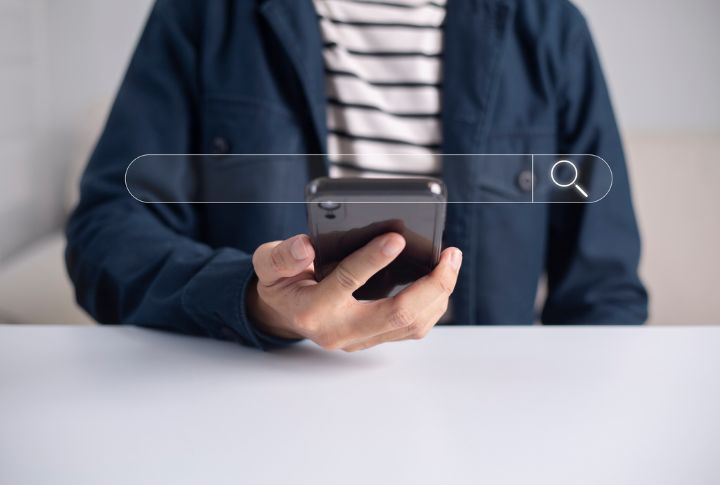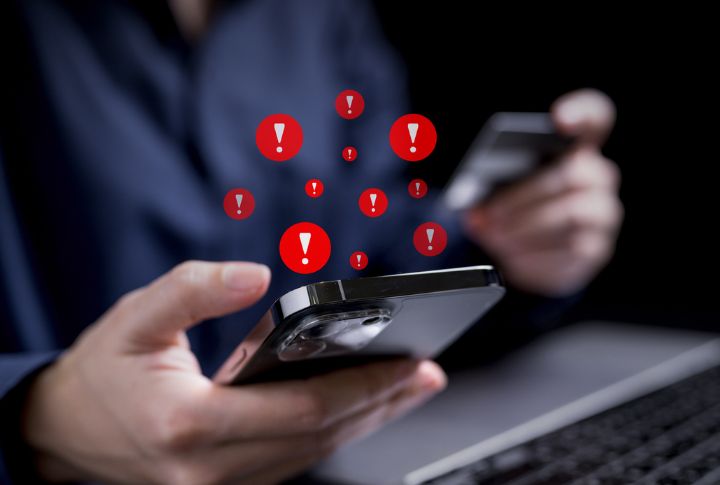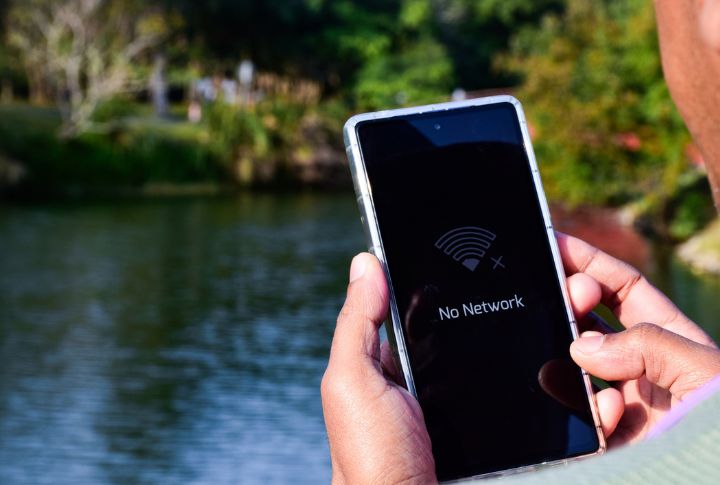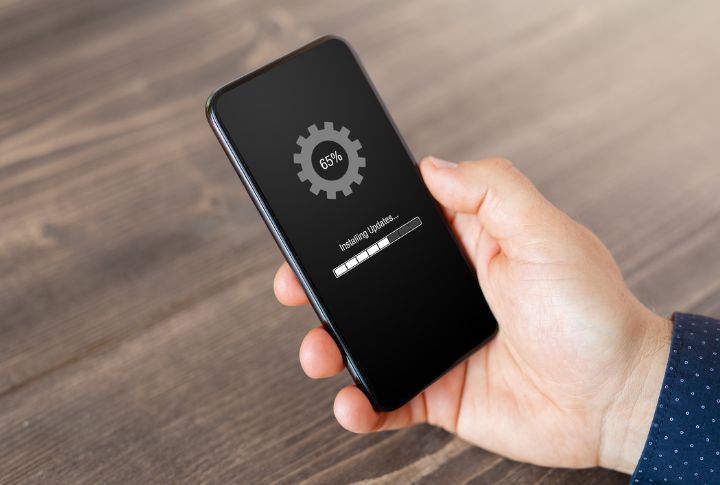
Our smartphones hold a lot of personal information. Unfortunately, they can also be vulnerable to spyware, malicious software designed to track your activities and steal your data. If you suspect that your iPhone has been compromised, don’t panic. With the right tools and knowledge, you can effectively remove spyware and protect your privacy. This 8-step guide will walk you through identifying and eliminating it from your iPhone, ensuring your device remains secure.
Step 1: Recognize Spyware Indicators

Before diving into the removal process, it’s essential to identify potential signs of spyware on your iPhone. Look out for the following red flags:
Unexplained Battery Drain

If your iPhone’s battery life suddenly plummets without a clear cause, malware may be running in the background.
Unusual App Behavior

Notice any unexpected app crashes, sluggish performance, or strange pop-up ads.
Data Usage Anomalies

Such a bug can consume data in the background, leading to unexplained spikes in data usage.
Suspicious Activity

Look for any unauthorized access to your accounts or unusual messages sent from your device.
Step 2: Update iOS and AppsStep 2: Update iOS and Apps

Updating your iPhone’s operating system and applications is crucial to keep it secure. Follow these steps to ensure you’re running the latest software versions:
Update iOS

Go to Settings > General > Software Update and download/install any available updates.
App Updates

Visit the App Store. Tap your profile icon. Select “Update All” to update all applications or update individual ones as needed.
Step 3: Clear Cookies and Browser Data

Malware may exploit browser vulnerabilities to gather information. Clearing cookies and browser data can help get rid of this risk. Here’s how to do it:
Open Settings, scroll down and tap Safari. By tapping on “Clear History and Website Data,” you can remove your browsing history, cookies, and cached data.
Step 4: Change Your Passwords

As an added security measure, change your passwords regularly, especially if you suspect a bug infiltration. Update passwords for accounts linked to personal and sensitive information, such as bank, email, and social media accounts.
Step 5: Scan for Virus with Security Apps

Install reputable apps from the App Store to scan for and remove viruses. Consider applications like Malwarebytes Mobile Security, Avira Mobile Security, or Lookout Personal for iOS. You should run a thorough scan to detect and eliminate any malicious software.
Step 6: Remove Suspicious Applications and Profiles

Review your iPhone’s installed apps and profiles. Delete any applications you don’t recognize or trust, as they could be potential adware sources. To delete them, press and hold the app icon until it wiggles, then tap the X icon and confirm the deletion.
Step 7: Reset Network Settings

Performing this step can help eliminate potential vulnerabilities that adware may exploit. Go to Settings > General > Reset > Reset Network Settings. This action will erase saved Wi-Fi networks, Bluetooth devices, and VPN settings.
Step 8: Factory Reset Your iPhone (If Necessary)

Reboot your device if you are still experiencing problems despite the previous steps. Remember to back up your important data beforehand. To perform this action, Go to Settings > General > Reset > Erase All Content and Settings.
